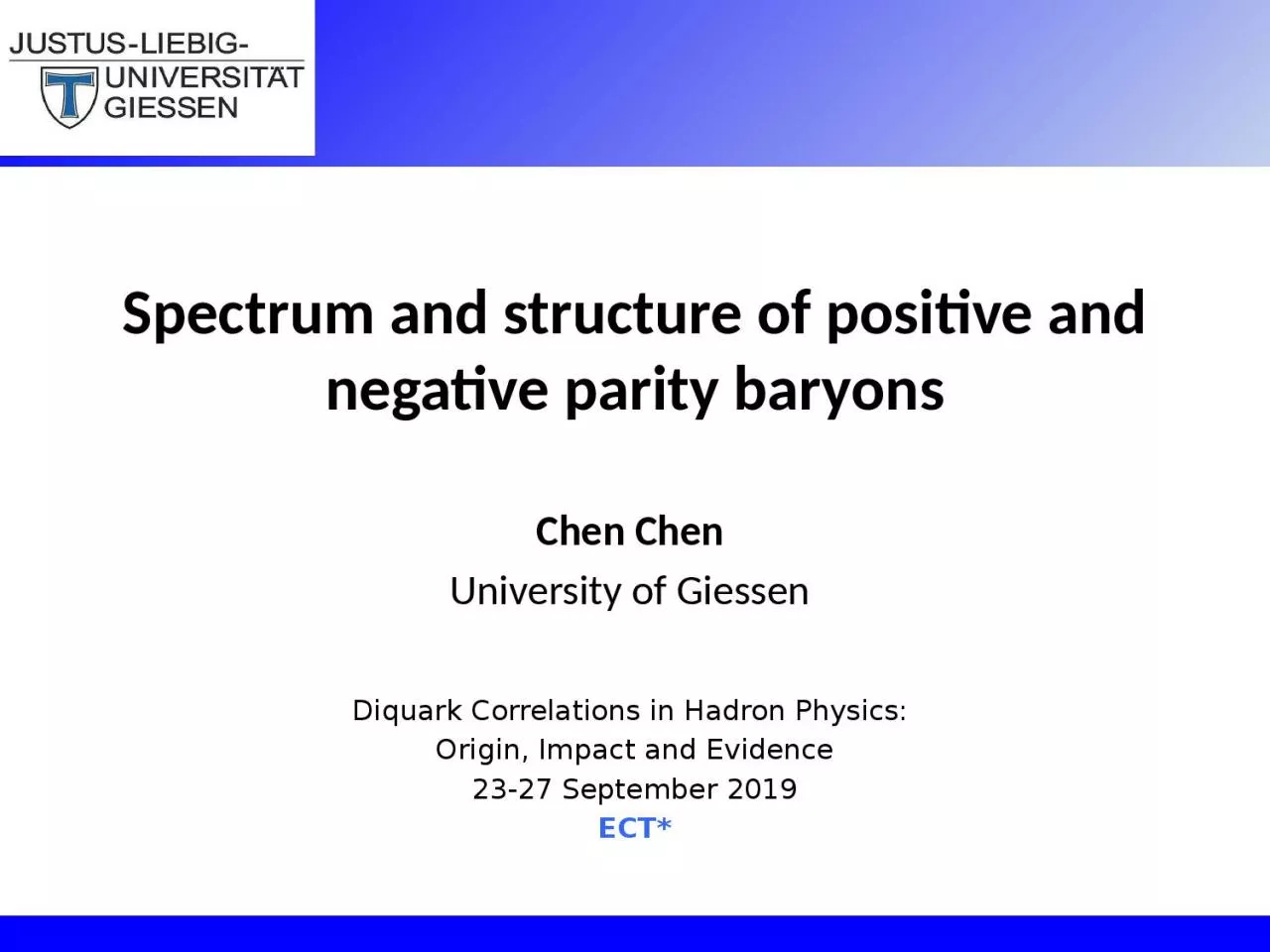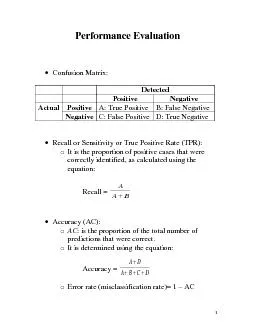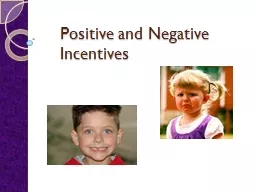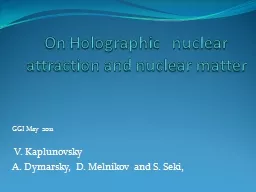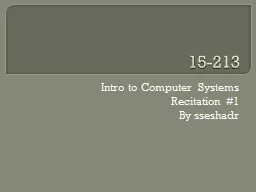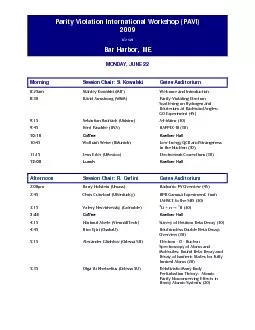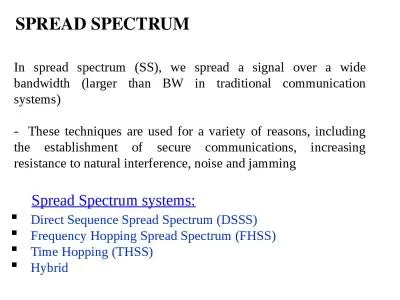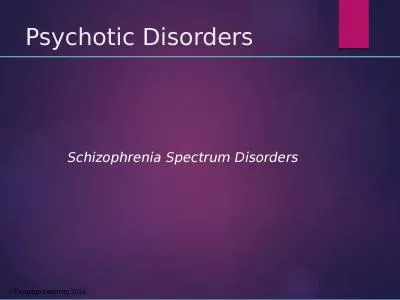PPT-Spectrum and structure of positive and negative parity baryons
Author : Dragonfruit | Published Date : 2022-08-04
Chen Chen University of Giessen Diquark Correlations in Hadron Physics Origin Impact and Evidence 2327 September 2019 ECT Hadrons as bound states are dominated
Presentation Embed Code
Download Presentation
Download Presentation The PPT/PDF document "Spectrum and structure of positive and n..." is the property of its rightful owner. Permission is granted to download and print the materials on this website for personal, non-commercial use only, and to display it on your personal computer provided you do not modify the materials and that you retain all copyright notices contained in the materials. By downloading content from our website, you accept the terms of this agreement.
Spectrum and structure of positive and negative parity baryons: Transcript
Download Rules Of Document
"Spectrum and structure of positive and negative parity baryons"The content belongs to its owner. You may download and print it for personal use, without modification, and keep all copyright notices. By downloading, you agree to these terms.
Related Documents

